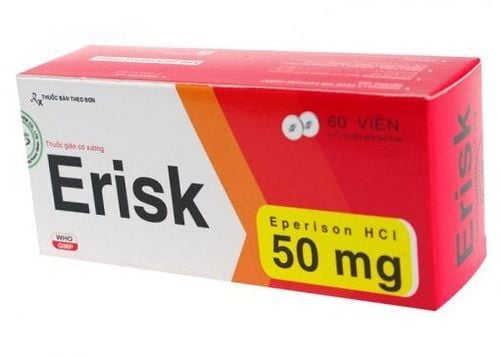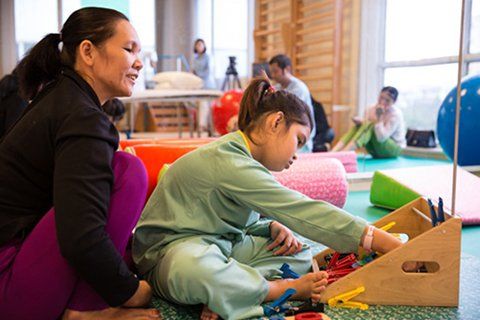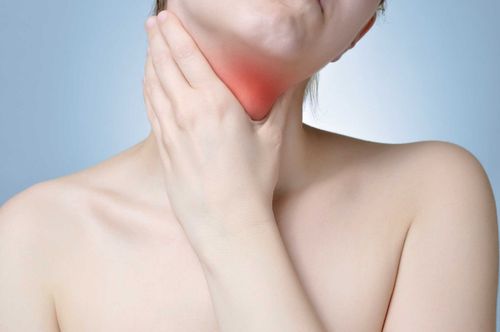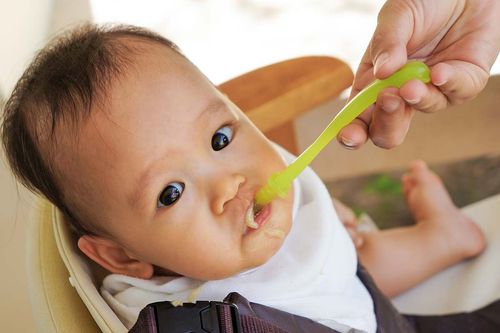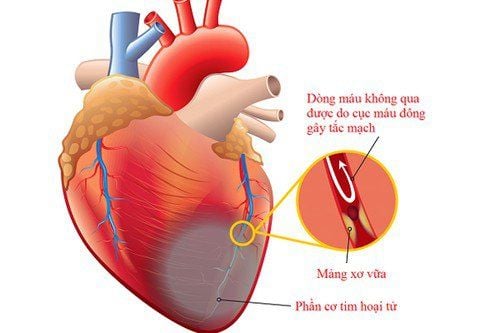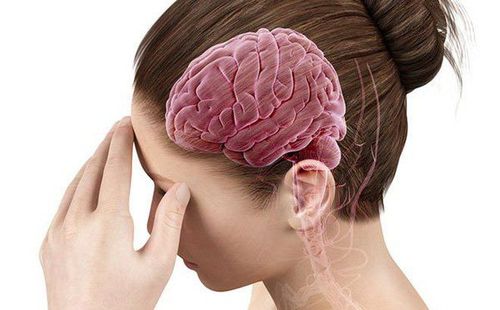This is an automatically translated article.
Children with cerebral palsy have disabilities and support needs that are addressed through health care, rehabilitation care and social care systems. Rehabilitation for children with cerebral palsy requires persistent efforts from both the family and a team of doctors and experts.
1. Overview of cerebral palsy
What is cerebral palsy?
Cerebral palsy is a complex disorder. It is also the most common cause of physical disability in children, stemming from many different etiologies leading to rich and diverse clinical manifestations, mainly expressed in disorders motor, intellectual, sensory, and behavioral.
Risk rate for cerebral palsy
Cerebral palsy is a non-progressive brain injury caused by risk factors that occurs in the prenatal period, during birth, and after birth up to 5 years of age.
In developed countries the rate of children with cerebral palsy ranges from 1.8 to 2.3% of all live births. In Vietnam, the rate of cerebral palsy accounts for 1.8% of the total number of infants, accounting for 31.7% of the total number of children with disabilities.
In terms of sex: Cerebral palsy is more common in boys than girls, the ratio of boys / girls = 1.35/1
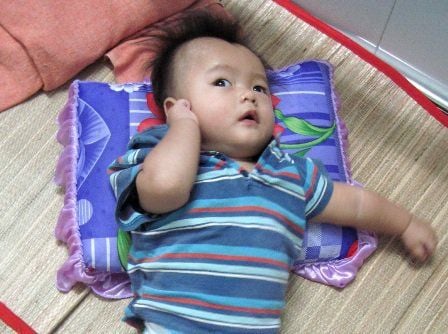
Bệnh bại não gặp ở trẻ trai nhiều hơn trẻ gái
2. Rehabilitation for children with cerebral palsy
2.1. Occupational Therapy Based on Child's Gross Motor Developmental Milestones: The Gross Motor Function Classification System (GMFCS) is a 5-level classification that describes the gross motor function of children with cerebral palsy based on on self-initiated movement, with particular emphasis on the ability to sit and walk. 5 Steps GMFCS includes:
Head and Neck Control -> Swing -> Sit -> Kneel -> Crawling -> Stand -> Walk -> Run
Reviewer: Doctor, physiotherapist, nurse familiar with the child's gross motor function with a parent or caregiver.
How to do it: The medical staff asks questions of the child, parent or caregiver to determine the degree of functional mobility. The level of assessment was done through parent/caregiver reports or through routine appointment observation.
Based on the clinical form of cerebral palsy: Complete the motor milestone first and then move on to the next milestone.
2.2. Communication and language training Early communication skills training: The goal of communication is to help children with cerebral palsy learn, learn how to send information, gradually build relationships with people around; independent or in control of things.
Early communication training includes:
Concentration skills. Social skills. Imitation skills. Play skills. Communicating with gestures and pictures. Language skills training: Language skills training: including language comprehension skills and language expression skills. To train children in language comprehension skills, the following principles must be followed:
Children must understand and know the meaning of sounds, words and sentences before speaking. Talk a lot with children, use simple language, speak slowly, loudly. Use signs to help your child understand. Use only a few objects or pictures, only one instructor Motivate to reward at the right time. The goal is to help children speak/make signs/point to pictures by themselves.
School Skills Training: Including Preschool Skills and School Skills.
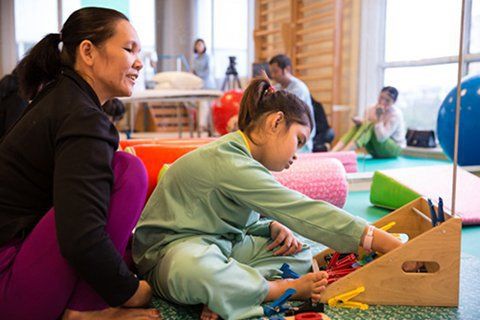
Huấn luyện, giao tiếp giúp trẻ bị bại não học cách gửi thông tin, dần xây dựng mối quan hệ với mọi người xung quanh
2.3. Therapeutic activities Train children early two-handed skills such as: the ability to hold objects, manipulate objects. Train children early daily living skills: Eating skills, dressing, wearing shoes, bathing and personal hygiene (brushing teeth, washing face...). Housewife skills training: shopping skills, spending money, cooking skills. Vocational skills training: Choosing a career, learning a suitable job, traffic. 2.4. Electrotherapy Ultraviolet: Indications: Cerebral palsy with rickets –SDD, cerebral palsy. Contraindications: Cerebral palsy with epilepsy, progressive pulmonary tuberculosis, renal failure, liver failure, acute eczema. Method of application: Using ultraviolet B wavelength 280-315 nm. Time of application: The dose of grade 1 redness is gradually increased (total dose 1-5 minutes/time) X 20-30 days/time. Low-frequency electricity: It is a direct current with a constant potential during treatment. Indications: Children with cerebral palsy without clinical epilepsy. Contraindications: Clinically epileptic cerebral palsy, patients with severe spasticity. The low frequency electrical method used:
Galvanic conductive CaCl2 antique. Galvanic conductive CaCl2 dorsal. Reverse Galvanic line. The retrograde Galvanic current is localized to the upper extremities. The retrograde Galvanic current is localized to the lower extremities. The intermittent Galvanic current (rectangular or triangular impulse) is localized. 2.5. Muscle relaxant injection Indications: Children with spastic cerebral palsy. shrinkage. Contraindications: Children with cerebral palsy can dance, clack, and ataxia... Purpose: To help reduce muscle tone, enhance conscious mobility, control posture, prevent deformity.. Methods: Determine the degree and state of increased muscle tone. Determine the motor point, mark the injection site. Injecting: Anesthetize the surface at the injection site, mix the injection with Nacl 2 9%0 solution in vials. Take the drug according to the injection dose at each site and inject directly into the muscle or inject through the locating head of the electromechanical machine with the calculated dose. 2.6. Hydrotherapy Indications: Children with cerebral palsy without clinical epilepsy. Contraindications: Children with cerebral palsy have clinical epilepsy. Purpose: Relaxation, decreased muscle tone, increased conscious mobility. Method of application: Let the child soak in the Hubbard whirlpool tub, swimming pool. Water temperature 36-38 degrees Celsius for 20-30 minutes. 2.7. Education Training children in pre-school education skills, special education skills and inclusive education.
In order to best rehabilitate children with cerebral palsy, it is necessary to focus on placing the individual patient at the center and emphasize building a close relationship between the child with cerebral palsy and the child's family, which are valued members of the recovery team. In addition, perseverance and effort are also key to helping children with cerebral palsy improve their condition, reintegrate into society early, gain valuable roles and participate in the community.
Please dial HOTLINE for more information or register for an appointment HERE. Download MyVinmec app to make appointments faster and to manage your bookings easily.




